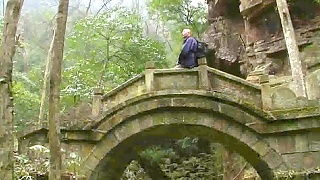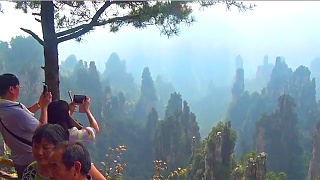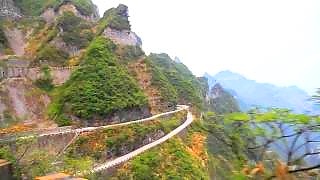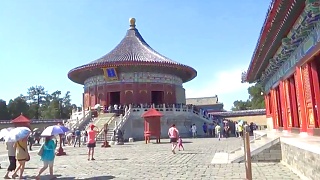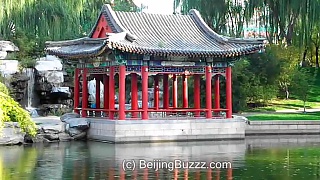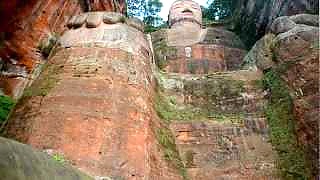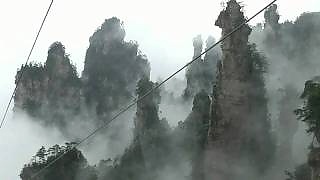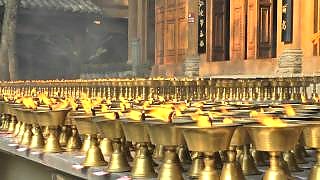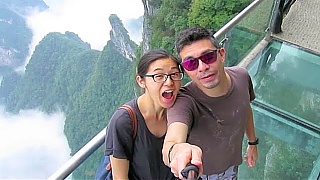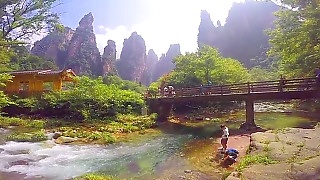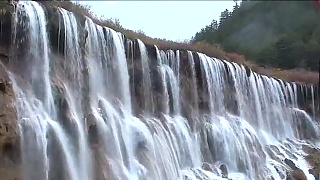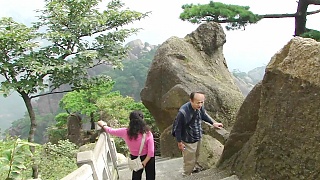Part of the WuLingYuan Scenic Area in Hunan province.
WuLingYuan National Park 中国世界自然遗产 武陵源 张家界 is a spectacular area stretching over more than 26,000 hectares. The park is dominated by more than 3,000 narrow sandstone pillars and peaks, many over 200 meters high. Between the peaks lie ravines and gorges with streams, pools and waterfalls, about 40 caves, and two large natural bridges. In addition to the striking beauty of the landscape, the region is also noted for the fact that it is home to a number of endangered plant and animal species.
[640],shadow=true,start=,stop=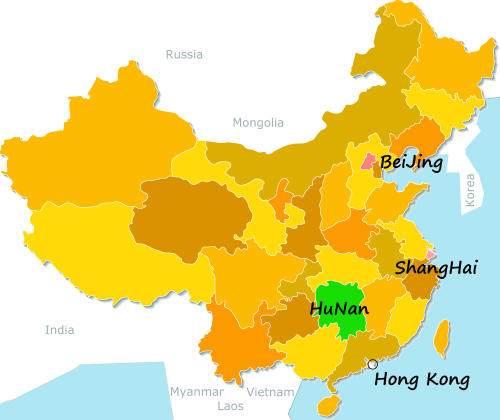
 ZhangJiaJie 张家界 Forest Park
ZhangJiaJie 张家界 Forest Park